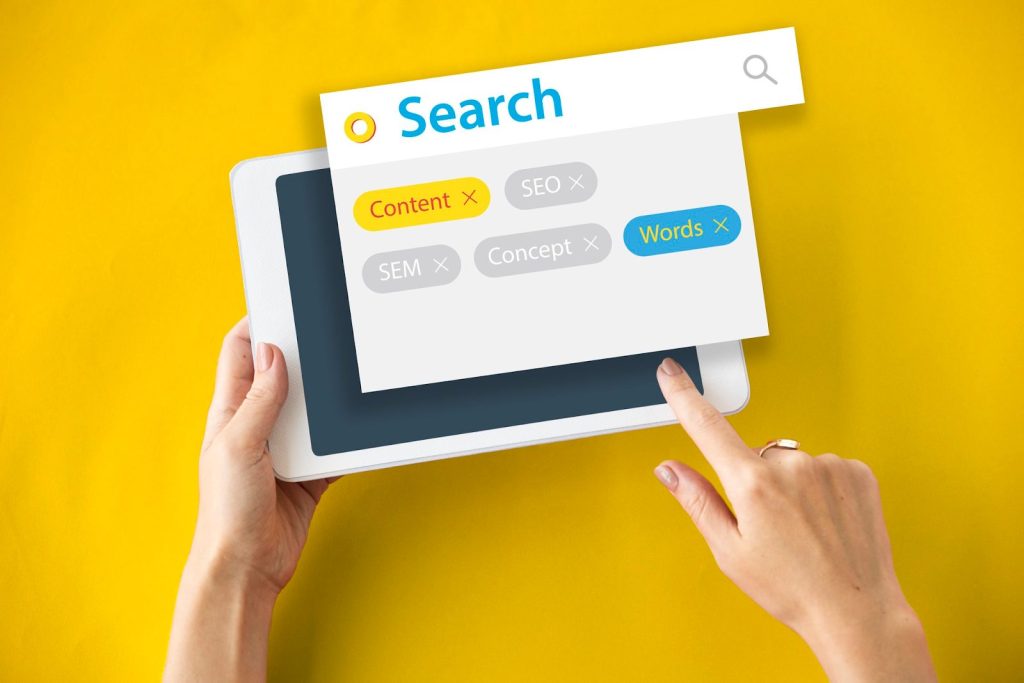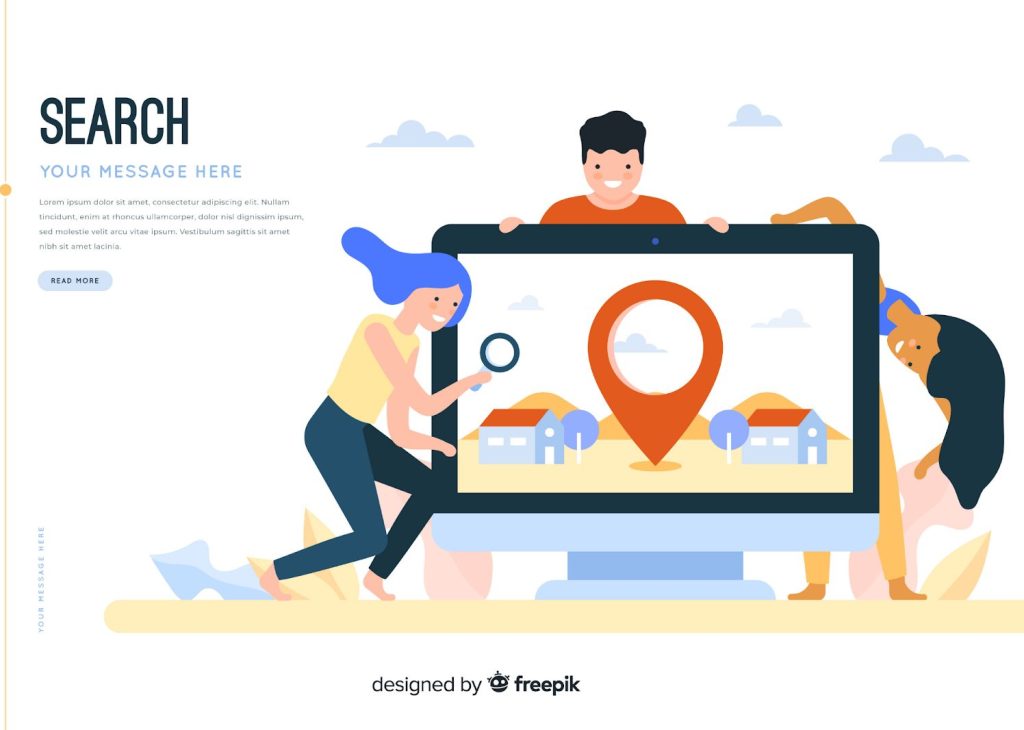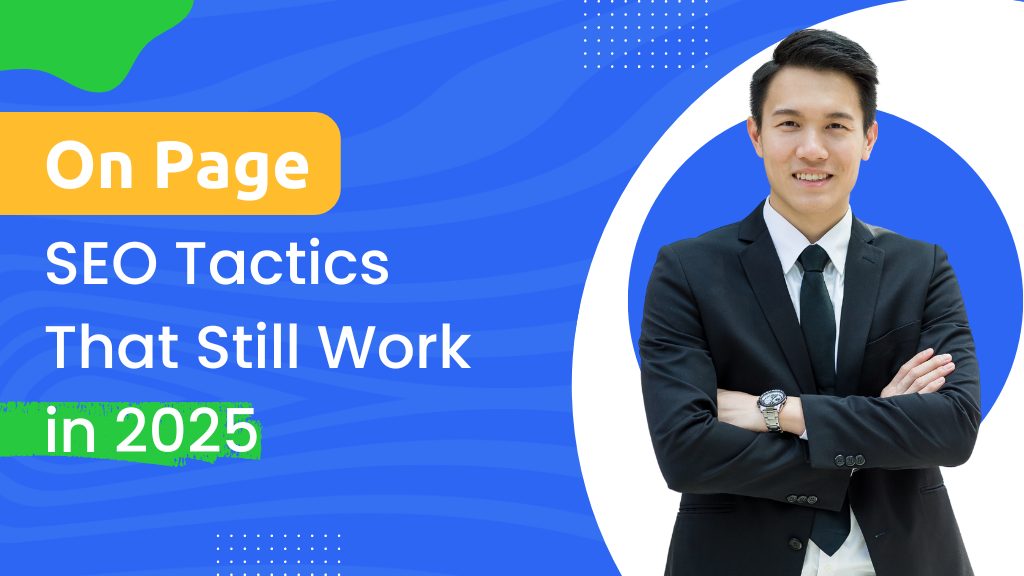
Image Source
SEO is still alive and well in 2025. But the rules keep shifting. Search engines evolve. Algorithms get smarter. Yet some on-page tactics continue to work—because they focus on what really matters: people. This guide skips the fluff. No recycled advice. Just real strategies that help your content show up and stand out. We’re talking clean structure, thoughtful keyword use, smart formatting, and making things easy for both users and crawlers. It’s not rocket science, but it does take effort. And consistency.
The goal? Build pages that search engines trust and users enjoy. Pages that load quickly, read easily, and answer questions without trying too hard. If you’re tired of outdated tips or empty promises, you’re in the right place. We’ll cover what still works, what to focus on, and how to keep your content competitive without chasing every new trend. Let’s break it down.
Quality Content is Key
Valuable content still stays at the core of on-page SEO. User intent is our north star for every piece of content we create, and if your content satisfies the intent of each user, it will rank on search engines. The content of website writers should be helpful, accurate, and entertaining. Availability of a keyword works naturally, but should never hamper readability. Additionally, maintaining a human tone in AI-generated content is crucial. By humanizing AI and bypassing AI detection, you ensure your content resonates emotionally with readers and builds lasting trust.
Optimization of Title Tags and Meta Descriptions

Meta tags in SERPs or site–linked resource boxes must be optimized, and attention-grabbing tags must be created as short and descriptive as possible. A great meta description contains a clear overview of what visitors can expect on the page, thus enticing them to click. Include similar keywords in both for better reach.
Header Tags for Structure
Header tags help to organize the content and improve readability. They assist search engines in understanding the information structure. Using headers appropriately, such as H1 for overarching titles and H2 for subsections, helps to communicate the structure of the topic. This, in turn, helps with user experience as well as SaaS SEO.
Mobile-Friendly Design
With increasing mobile users, there will be a need for mobile optimization in 2025. Websites need to be responsive to work well on more devices. Mobile-friendly design creates a better user experience, which can help (or hurt) search rankings. Also, making sure that you have a fast loading time helps in retaining visitors.
Generate More Leads With Website & Messenger Chatbots
Gather quality leads on autopilot and 10x your ROI with automated chats
Image Optimization
Images make content more engaging. But if they’re not optimized, they can slow your site down. That’s bad news for users and rankings. Use descriptive file names and meaningful alt text—search engines rely on that data to understand what the image shows. Compress your images to reduce file size without hurting quality. This improves loading speed and boosts user satisfaction. Faster pages mean fewer bounces and better engagement. Also, don’t forget to use the right image format for each situation. Every second saved makes a difference.
Use of Internal Linking to Aid in Navigation

Internal links guide visitors to related content. They keep people browsing and help search engines understand how your pages connect. It’s smart structure, not just good SEO. Linking between relevant articles or product pages increases time on site and supports better indexing. It also reduces bounce rates by showing users exactly where to go next. Keep the anchor text natural, and avoid overstuffing links into every paragraph. A well-placed internal link can boost both discovery and engagement. Think of it as helpful nudging, not hard selling.
URL Structure Matters
A clear, readable URL helps both users and search engines understand your page. It’s a small detail with a big impact. Adding relevant keywords improves visibility and adds context without overstuffing. Avoid long, confusing, or random character strings—they don’t help anyone. Shorter URLs are easier to remember, link to, and share. Stick to consistent formatting across your site to keep things clean and professional. This isn’t just about SEO—it’s also about user trust. A tidy link feels safer, more credible, and easier to click. Small tweak, big difference.
UX and Engagement
User experience plays a major role in modern SEO. Search engines reward websites that are easy to navigate and genuinely helpful. Clean design, intuitive layouts, readable fonts, and smooth interaction all contribute to keeping users happy. When people stay longer, scroll more, or return later, it sends positive signals to search engines. It’s also about accessibility—making sure everyone, on any device, can use your site easily. Don’t overcomplicate it. A frictionless experience encourages visitors to comment, share, and keep exploring. That’s how engagement grows, and rankings follow.
Schema Markup on Rich Snippets
Search engines can grasp some context on their own, but schema markup gives them a much clearer picture of your content. It helps structure information in a way search engines understand, leading to rich snippets—enhanced listings with added details like ratings, FAQs, or event info. These snippets not only stand out visually but also boost click-through rates by offering searchers immediate value. Adding schema is simple but powerful, and it’s often overlooked by site owners. Implement it well, and your pages gain visibility, clarity, and trust.
Page Speed Optimization
Because when a web page loads slowly, users abandon it, and hence, the ranking decreases. There are tools that you can use to analyze and improve the speed of your pages. Those include, but are not limited to, reducing bloat, optimizing code, and taking advantage of browser caching. Fast websites keep users engaged and happy.
HTTPS Security
Search engines and users both prioritize security. HTTPS websites are more reliable. Implementing SSL certificates has numerous benefits, as they not only provide data security but also help increase search rankings. A secure connection helps build trust with visitors and gives credibility to the site. It is one of the most underrated growth hacks you can use for your website.
Voice Search Optimization
As voice-activated devices gain popularity, optimizing for voice search is imperative. We have previously stated that queries are more conversational nowadays. Thus, the content should also comply. Voice search results are more likely to show up when using natural language and long-tail keywords.
Conclusion
While SEO continues to evolve, and certain on-page tactics have become outdated, focusing on high-quality content, technical excellence, and a strong user experience remains essential. By aligning their strategies with these core principles, businesses can strengthen their online presence throughout 2025 and beyond.
Are You Ready To SkyRocket Your Business With Our AI Chatbots
Click The Button Below And Gather Quality Leads With Botsify

